Overview of DApps: A New Digital Era 🌐
Decentralized applications, known as DApps, are becoming a powerful element in the digital environment. They represent a significant change in how applications function, leveraging blockchain technology to foster a new paradigm. Unlike conventional applications, which depend on centralized servers, DApps operate on decentralized networks, enhancing user transparency, security, and autonomy. This year, the rise of DApps is shaping how users interact with technology, promoting greater control over their data and experiences.
Understanding the Distinction Between DApps and Traditional Applications 🔍
Conventional applications are generally overseen by a single organization, which manages the servers and data. This centralization creates limitations for users; if the servers suffer outages or if the managing entity modifies the application, users often face constraints. In contrast, DApps are developed on blockchain networks, employing a distributed model where data resides across multiple locations. This decentralized framework empowers users by diminishing the influence of any single authority on the application, thereby increasing security and control.
The Impact of DApps on the Web3 Movement 🌍
DApps play a critical role in advancing the concepts embedded within the web3 movement, which emphasizes decentralization, transparency, and user empowerment. The benefits of DApps are multifaceted:
- Resistance to Censorship: DApps have a lower likelihood of censorship since no singular authority can alter or suppress them.
- Improved Security: The distributed nature of blockchain technology strengthens DApps against various forms of cyber threats.
- Transparency: Every operation and transaction is documented on the blockchain, ensuring it remains public and verifiable.
Comparing Centralized and Decentralized Applications ⚖️
Centralized applications are governed by a singular corporation, which makes them susceptible to issues related to server outages and the potential for censorship. In contrast, decentralized applications function under community governance or specific code, with their data stored across a blockchain. This arrangement reduces downtime and enhances both transparency and security for users.
Noteworthy Examples of DApps 🚀
- Uniswap: This decentralized exchange facilitates cryptocurrency transactions without intermediaries, promoting peer-to-peer trading.
- Aave: A platform that enables users to lend and borrow cryptocurrencies without traditional banking oversight.
- Rep.run: A decentralized social networking platform built on GalaChain, focused on empowering users with better control over their data.
The Role of GalaChain in the DApp Ecosystem ⚙️
GalaChain, developed by Gala Games, stands as a prime example of the shift from centralized to decentralized networks. Originally designed to bolster the Gala Games ecosystem, GalaChain has evolved into an open blockchain platform that allows developers to construct their DApps. This transformation not only enhances the scalability of the network but also supports the $GALA tokenomics, emphasizing its importance within the web3 framework.
Decentralized applications embody a transformative shift in software engineering, offering unprecedented levels of user empowerment, security, and transparency. As DApps continue to evolve, they are poised to significantly influence the development of a decentralized digital future.
Hot Take on the Future of DApps 🚀
The emergence of decentralized applications is more than just a technological upgrade; it represents a cultural shift toward more user-centered digital experiences. The potential for improved security, transparency, and control is sparking an evolution in how users approach technology. As we navigate through this year, the role of DApps in this journey seems promising, and their influence will likely shape the future of digital interaction, encouraging greater ownership of personal data and a stronger foundation for user empowerment in the digital realm.
For further insights into DApps and their impact in this space, you might explore additional resources that dive deeper into these innovations.


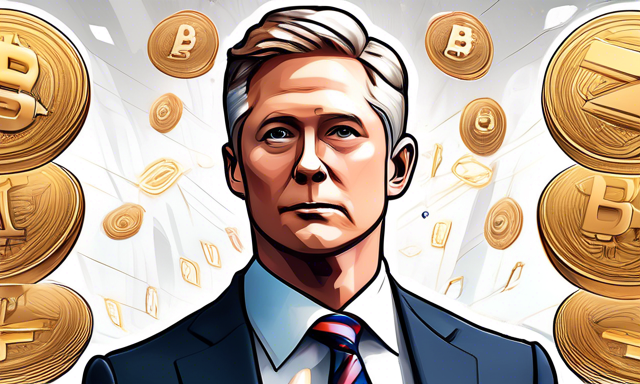
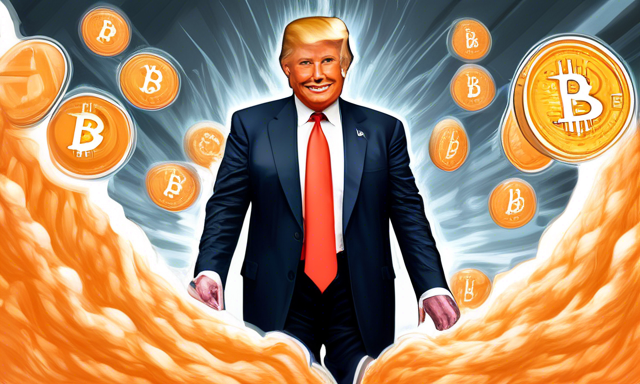
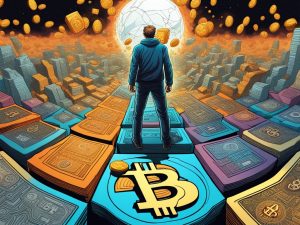
 By
By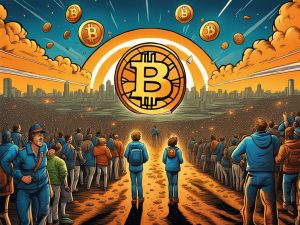
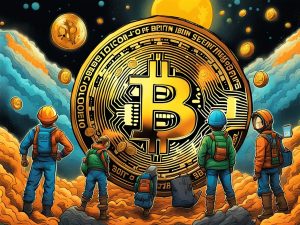
 By
By
 By
By
 By
By
 By
By